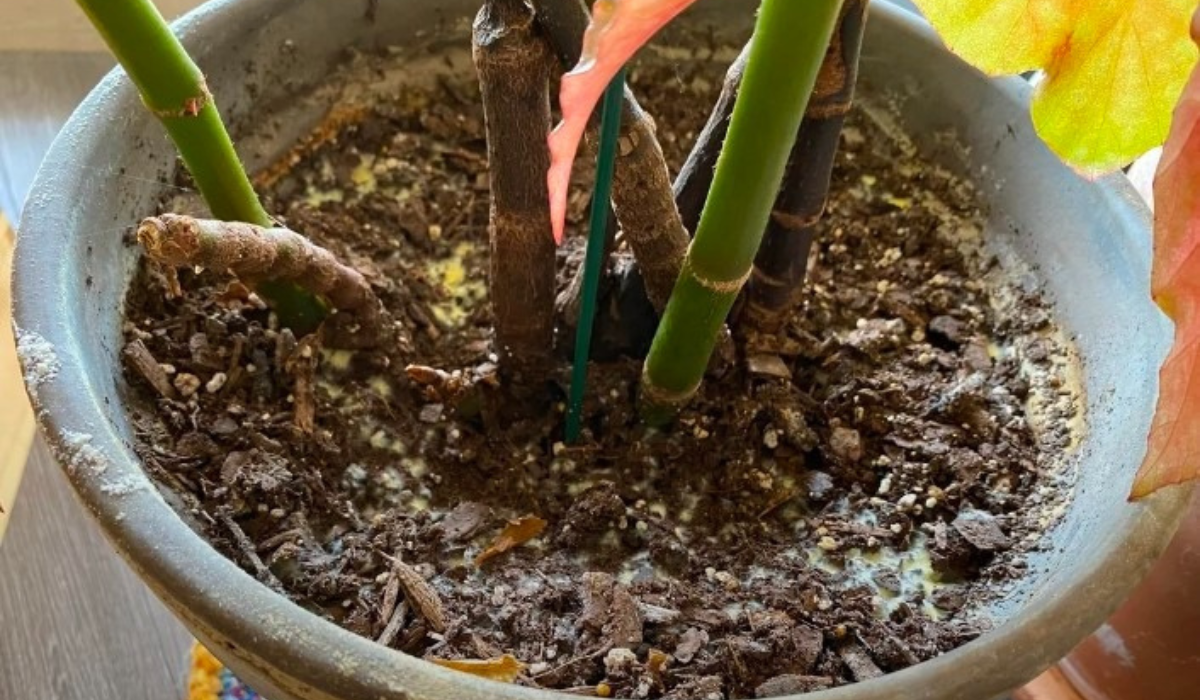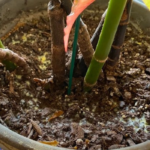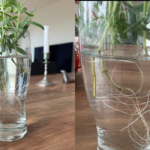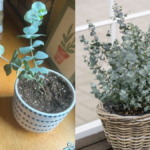Check soil moisture before watering is the most important habit for keeping any plant healthy. Most people water plants on a routine, but plants don’t need water every day—they need water only when the soil becomes dry. By checking the soil moisture first, you can save your plants from overwatering, root rot, fungus problems, and slow growth. This simple step decides whether a plant grows strong or slowly dies due to wrong watering.
I am sharing this guide from my personal gardening experience. I come from a farming background, and over the years, I have learned that plants survive not because you water them more, but because you water them right. And watering right starts with one rule—check the soil moisture first
IN THIS ARTICLE
Why Soil Moisture Matters
Every plant absorbs water from the soil, not from the air around it. When the soil stays wet for too long, the roots cannot breathe. This leads to fungal growth and root rot. On the other hand, when the soil becomes too dry, the plant becomes weak, leaves droop, and growth slows.
So the key is balance—and moisture checking is the only accurate way to decide the right time to water.
How to Check Soil Moisture – Simple Methods
1. Finger Method (Best for Home Gardeners)
This is the easiest and most natural method.
- Insert your finger 1–2 inches into the soil.
- If the soil feels dry → water the plant.
- If the soil feels slightly moist → wait 1–2 days.
- If the soil feels wet → do not water at all.
2. Wooden Stick Method
Useful when you don’t want to touch soil.
- Insert a wooden stick into the soil.
- Pull it out after a few seconds.
- If the stick comes out dry → soil needs water.
- If it comes out moist or with soil sticking → no need to water.
3. Soil Moisture Meter
Fast and accurate for large gardens.
- Insert the meter into the soil.
- A reading of 1–3 = dry (water now).
- A reading of 4–6 = moist (wait).
- A reading of 7–10 = wet (too much water).
Benefits of Check soil moisture before watering
1. Prevents Overwatering
Most plant deaths happen due to excess water. Moisture checking helps you avoid this mistake.
2. Saves Water
You water only when needed, which reduces water waste.
3. Healthy Root Growth
Roots grow deeper when the soil naturally dries between waterings.
4. Reduces Fungal Problems
Drying time reduces the chance of fungus, gnats, and root infection.
5. Improves Overall Plant Growth
Balanced watering leads to greener leaves, stronger stems, and more flowers.
How Often Should You Check Soil Moisture?
- Indoor plants: every 2 days
- Outdoor plants: daily during summer, alternate days during winter
- Succulents: once in 4–5 days
- Seedlings: daily because they dry faster
- Large pots: every 3 days
Moisture needs also change with weather, season, and pot size.
Signs Your Soil Has Proper Moisture
- Leaves look fresh and upright
- Soil looks slightly dry on top but moist inside
- No bad smell from the pot
- Roots are strong and white (not brown or mushy)
Common Watering Problems if You Don’t Check Moisture
| Problem | Reason | Result |
|---|---|---|
| Overwatering | Watering without checking | Yellow leaves, root rot |
| Underwatering | Soil dries too much | Droopy leaves, brown tips |
| Fungus | Soil stays wet too long | Mold on top soil |
| Slow growth | Wrong moisture level | Weak plant, less flowering |
Simple Daily Routine You Can Follow
- Morning: touch the soil or check with a stick.
- If the soil is dry → water till excess comes out from the bottom.
- If moist → skip watering.
- Keep the pot in good sunlight for natural drying.
This is the routine I personally follow for my home and terrace garden.
Conclusion
Checking soil moisture before watering is the easiest and smartest way to keep your plants healthy. It prevents overwatering, saves plants from root rot, and supports natural growth. Once you make this a habit, gardening becomes simple, stress-free, and more successful.
If you want, I can also write 3 poster contents, short captions, or a 45-day plant care series in the same style.











